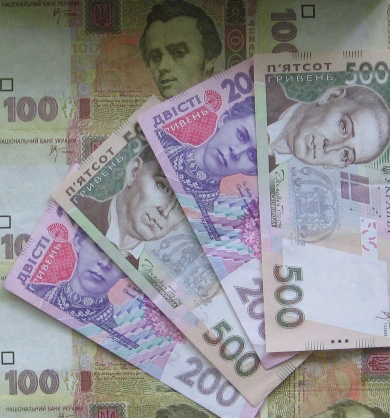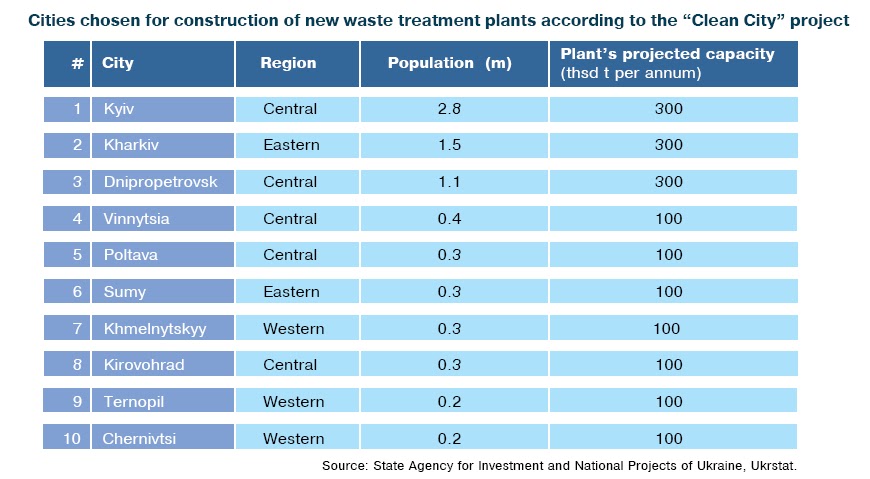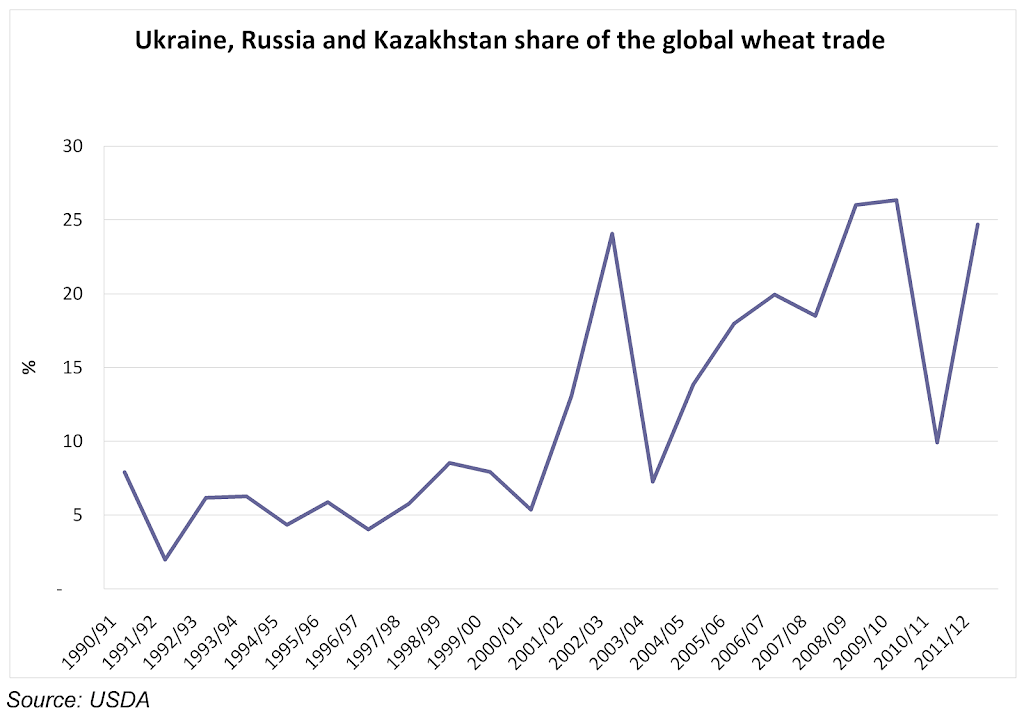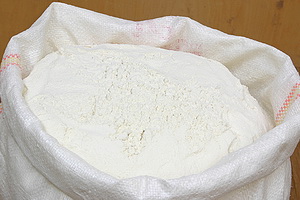Today the world is consuming more food than ever. Certain regions are specially equipped to produce the crop required to meet increasing demand. Latin America is that area for soybeans. For grains, it’s the Black Sea.
130 years ago, this region was known as the breadbasket of the world. Over time, war and Soviet agricultural policy largely hindered the robust agricultural production that is possible there.
Russia and Ukraine exported about 20 percent of the world’s wheat for the 2011-2012 marketing year (the number jumps to 24 percent when including Kazakhstan), making the region the number two exporter in the world after the United States. This is astonishing given that the region represented only 3 percent of global wheat exports in the 2003-2004 marketing year.
But with the current and expected production growth, producers in the region and buyers of Black Sea Wheat, such as those in North Africa and the Middle East, have an increased need to manage their price risk given the fact that wheat price volatility has been increasing over last years.
Despite its position as a top exporter, the Black Sea was essentially the only wheat producing area in the world without its own futures contract. Different wheat prices benchmark existed but they poorly reflected wheat prices fluctuations in the Black sea region. That’s why the Black Sea wheat contract is better placed to converge with wheat produced in the region, partly thanks to the fact that the contract is deliverable at several ports along the Black Sea.
Producers and buyers of Black Sea wheat have mostly had to negotiate a price for deliverable wheat and trust that their counterparty will not back out of the deal in favor of a better one. Complicating this situation further is the international nature of most of the trades. With an exchange traded futures contract, both parties can safely transfer their risk with the added benefit of central clearing. However it remains price risk management tool rather than substitute to the physical market.
After the launch of the Black sea wheat contract on 6 Jun 2012 the first traded month was September 2012 contract. It expired on 31st August. All the positions in September 2012 contract were offset before the expiration and no delivery took place, showing contract’s ability to be used for risk management purposes.













